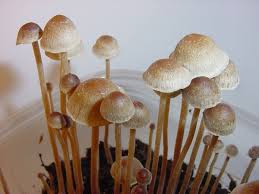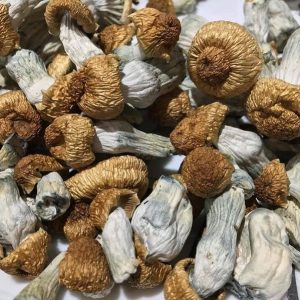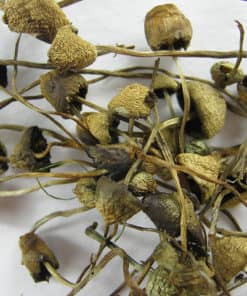LSD or acid (lysergic acid diethylamide) is the most commonly used hallucinogen (also known as psychedelics). It is considered a typical hallucinogen causing similar effects to other hallucinogens like mescaline, psilocybin (mushrooms), and ibogaine. LSD became popular in the counterculture of the 1960s and 1970s, but since then its use has been limited to people in the Rave or club scenes.
$125.00 – $500.00
LSD is usually taken by ingesting small tabs of paper (frequently placed under the tongue) which have been soaked in the liquid form of the drug then dried. In rare cases it is taken in a liquid, gelatin, or tablet form. Sometimes a dose is soaked into a sugarcube. Doses range from 20 to 100 micrograms now, though in the 1960s they ranged from 100 to 200 micrograms. Because LSD is produced illegally, it is difficult to know how strong a dose is. The effects of the drug begin in about 30 minutes and last up to 12 hours. It can be very difficult to sleep if LSD has been taken in the last 6 hours.
Buy Lysergic Acid Diethylamide Online
LSD, like other hallucinogens, produces a distortion in the user’s sense of reality, including images, sounds, and sensations that do not really exist. These hallucinations can be pleasurable and for some people even intellectually stimulating, but they can also be disorienting or disturbing and result in a negative emotional experience (bad trip). It is difficult to determine what kind of an experience a person will have on LSD because the same person can have very different experiences each time. As with all drugs, but especially with LSD, a user’s experience is shaped by her previous drug experience, expectations, setting, as well as the neurological effects of the drug.
The most common dangers of LSD result from bad trips, including terrifying thoughts and feelings, despair, fear of losing control, and fear of death. These problems are especially common and severe in people with underlying mental problems like severe depression, schizophrenia, or bipolar disease. Some fatal accidents have also occurred among users who could not perceive the reality of their situation. They hallucinate safe situations when they are actually in danger or are unable to judge distances. You should never operate machinery or drive cars while taking LSD.
Problems that might occur include:
Hallucinogens can cause extreme, long-lasting adverse neuropsychiatric effects, like flashbacks (post-hallucination perceptual disorders), relatively long-lasting psychoses, severe depression or shizophrenia-like syndromes, especially in heavy or long-term users or in people with an underlying mental illness.
Some of the long-term problems associated with chronic or heavy LSD use are:
LSD experiences are heavily influenced by environment.
Here are some ways to reduce the risk having a bad trip:
If you’re having a bad time, avoid flashing lights and visuals and get a friend to take you to a safe, calm space.
It is important to make your friend feel safe and comfortable, usually away from other people, visual stimulation, or noises. Speak in a soothing voice to them and reassure them that their bad emotions, sensations, and visions are just the effects of the drug and will wear off in time. If your friend is inconsolable or seems violently agitated, then seek medical help right away. Call EMS at
LSD does not produce compulsive drug-seeking behavior. Addiction to hallucinogens is rare, although poly-drug addicts (people who are addicted to several drugs) frequently abuse hallucinogens as well. Because LSD users develop extreme tolerance to LSD rapidly, the drug cannot be abused for more than a few consecutive days, preventing the kind of physical and psychological dependence associated with other drugs. This tolerance usually goes away after a week or so of abstinence from the drug.
| Synonyms | The most common synonyms are:
|
| Classification | Hallucinogen:
|
| Visual description | White, odourless and bitter crystalline powder. It is available in a variety of forms:
|
| Mechanism of action |
|
| Routes of administration |
|
Develops quickly, especially if taken over several consecutive days.
Psychological dependence is possible.
No
Onset and duration of action
| Route of administration |
Onset of action |
Peak | Duration of action |
| Sublingual | 30 to 40 minutes | 2 to 4 hours | 10 to 12 hours |
Many different street drugs are sold under the same name. Furthermore, nothing guarantees the quantity, purity or even the content of a street drug in spite of the fact that it may, in some cases, look like medication.
If you need help or want to learn more:
Partnership for a Drug-Free Canada
| QUANTITY | 200 ug, 400 ug, 50 Hits, 500 ug |
|---|














Minimum order amount is $150.00 Dismiss
Charlie –
Was able to change the delivery date with no problem. Delivery was very straightforward, and the feature was in good condition.
Zoe –
Delivered in good time. Good quality and delivery guy was really helpful.